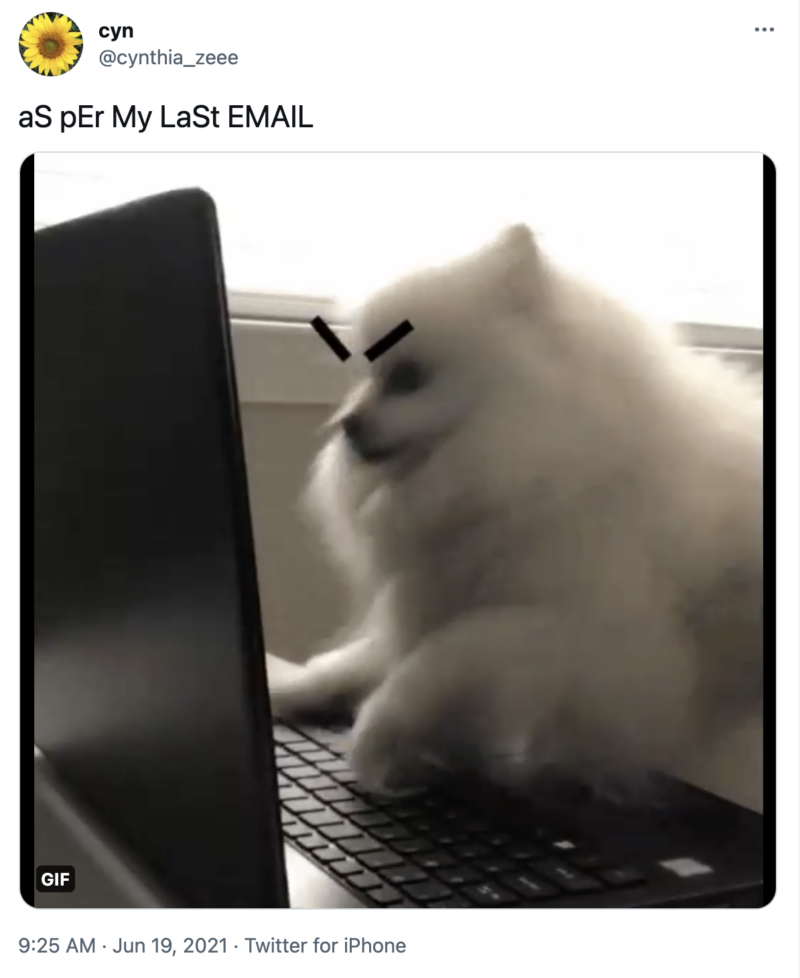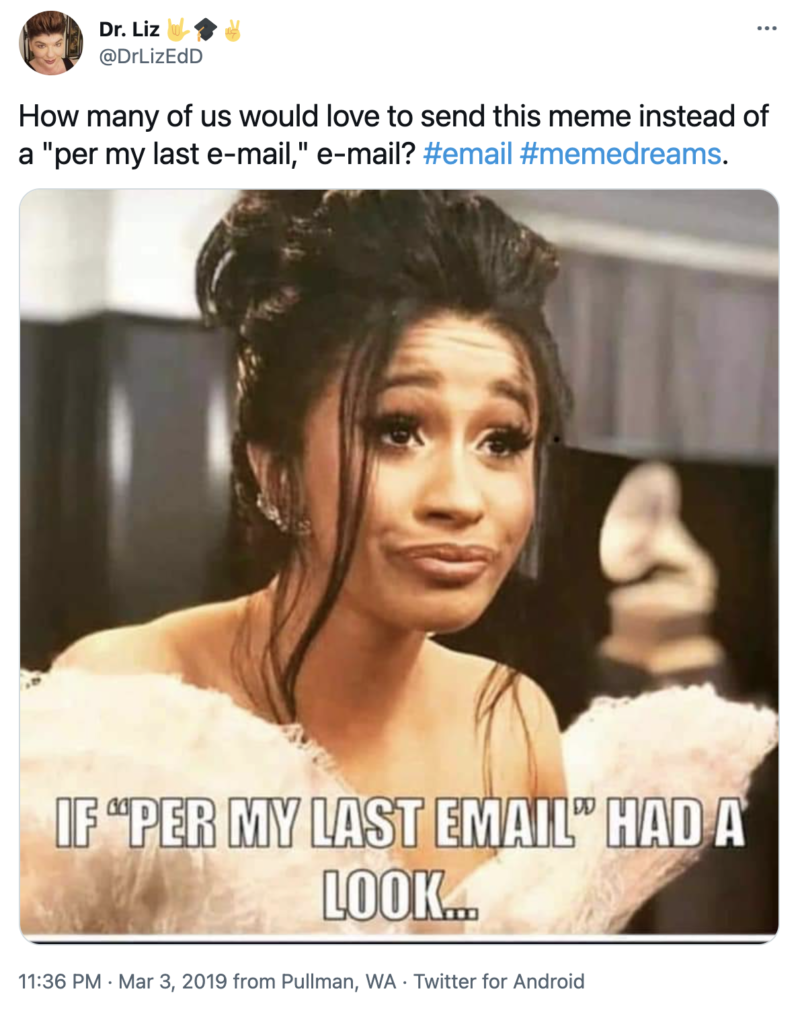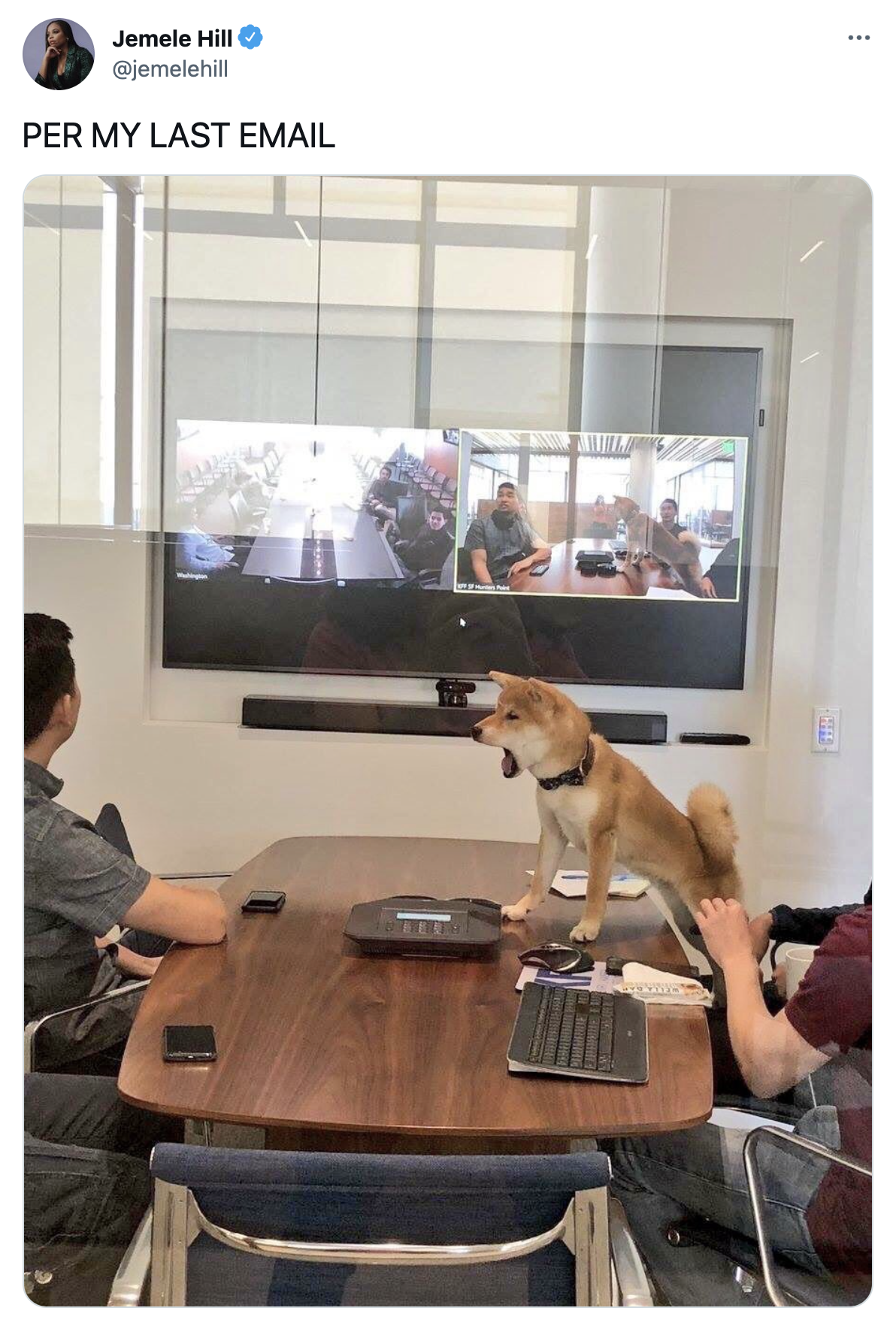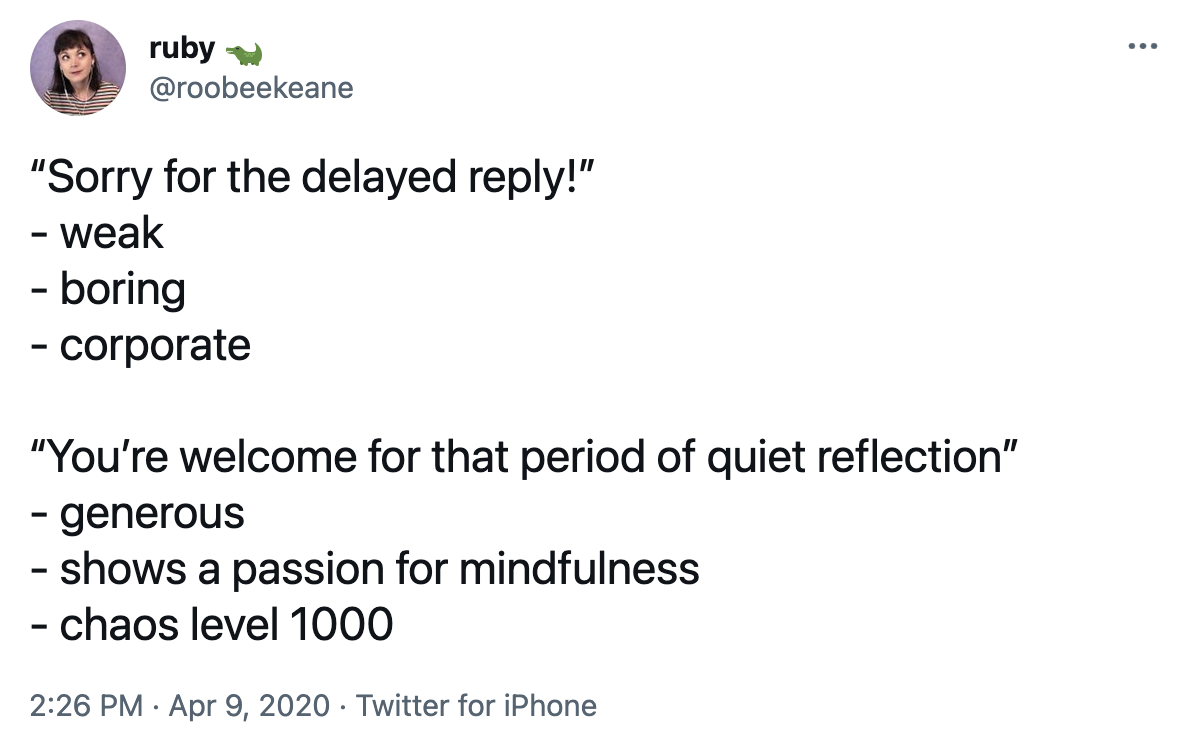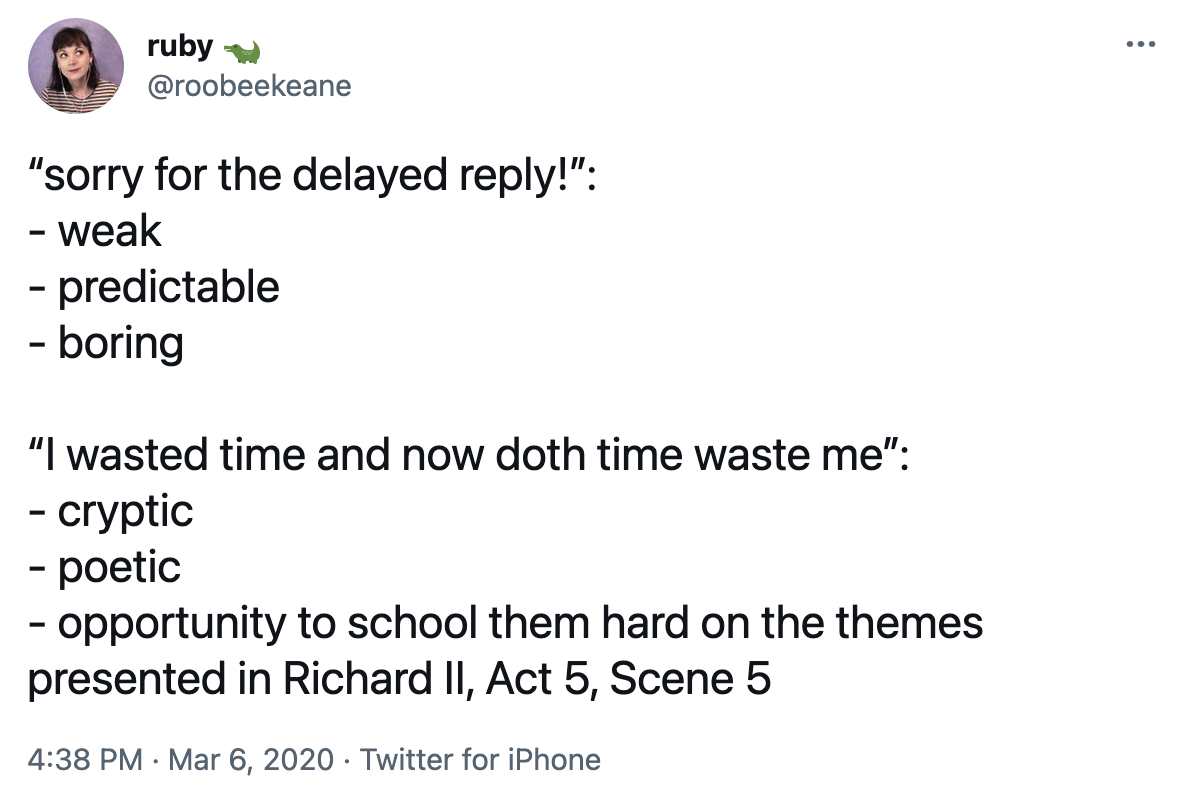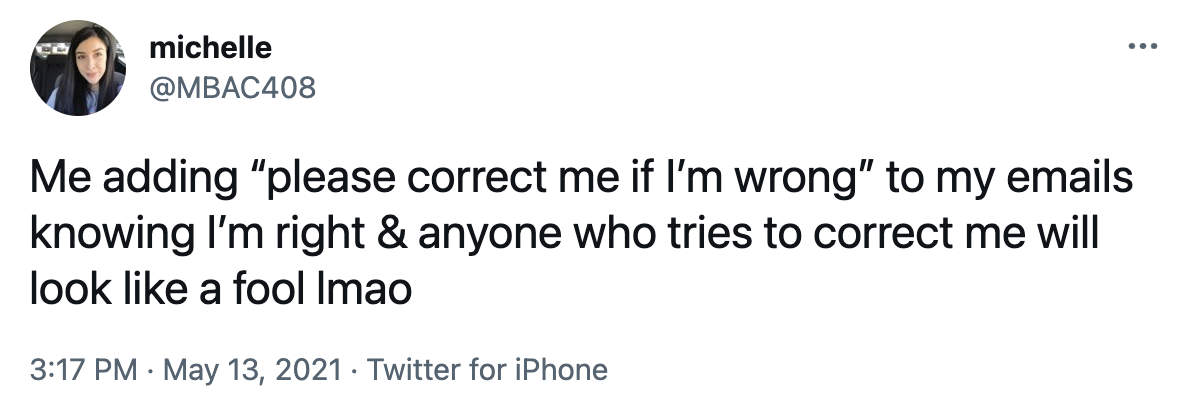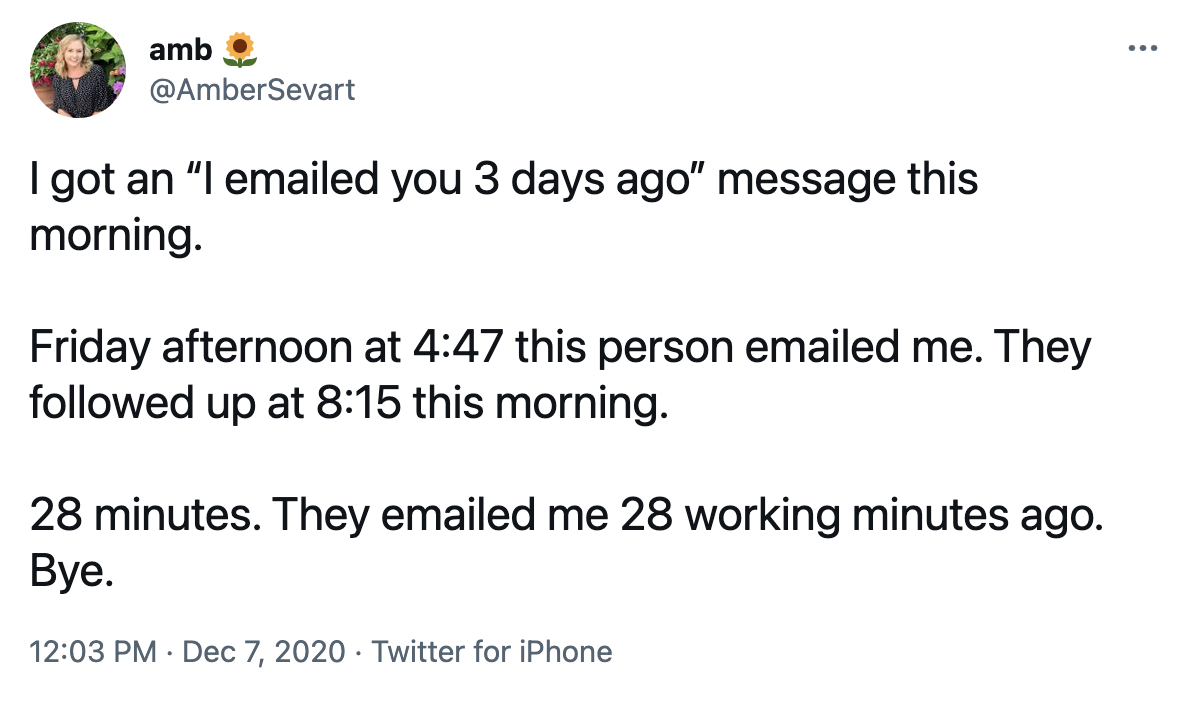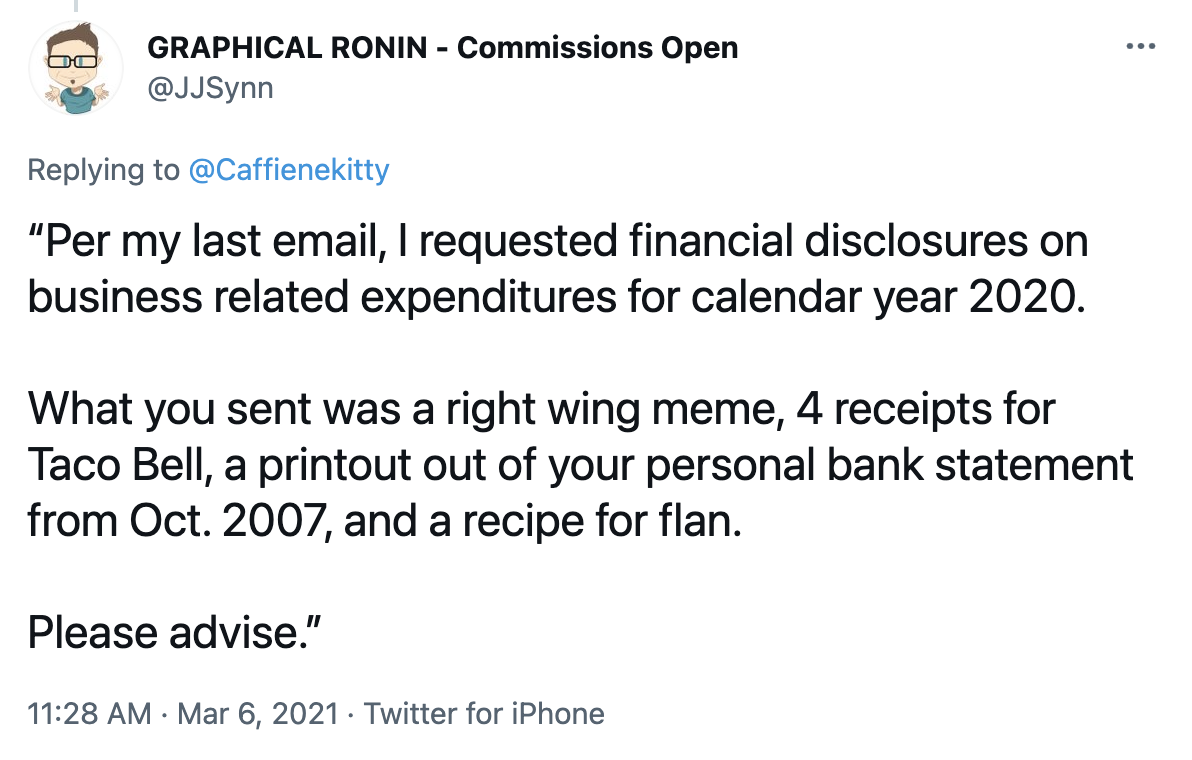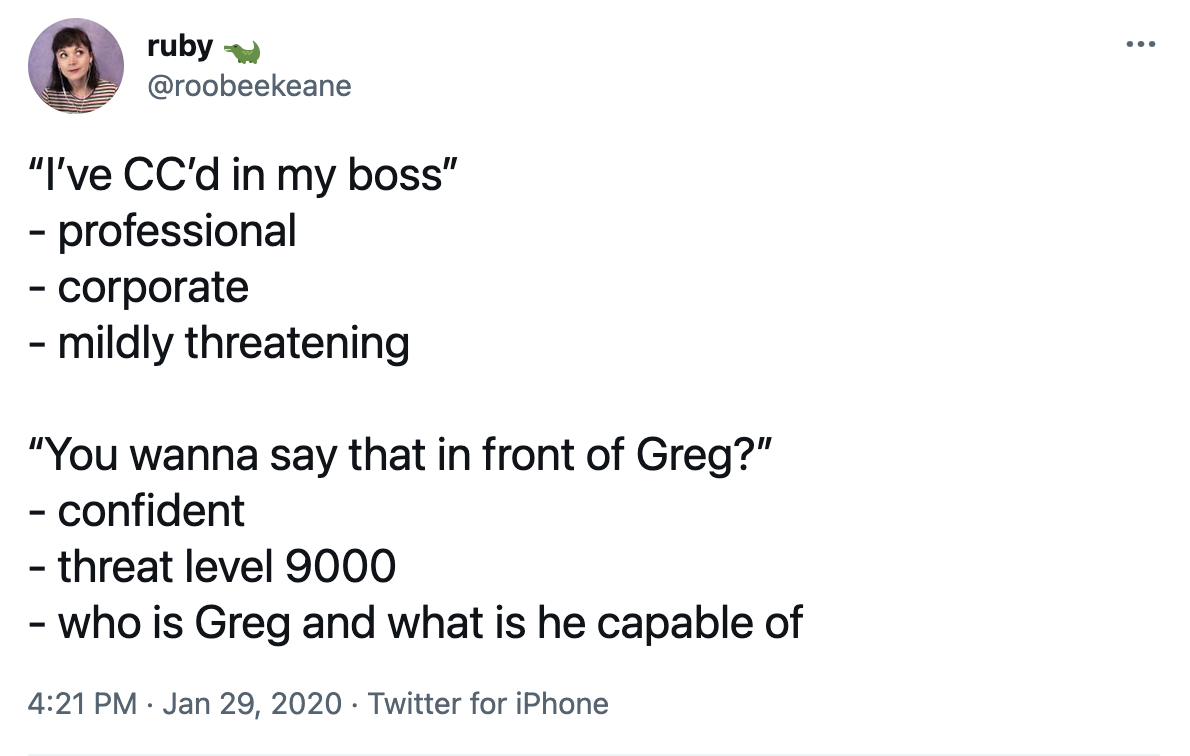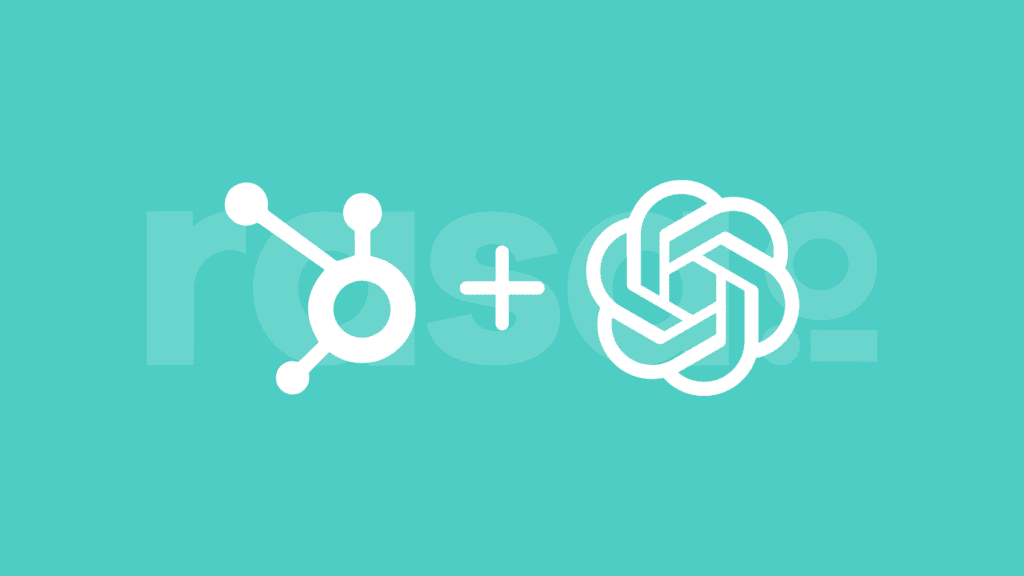Throughout every industry and every level of employment, there’s one thing that connects us all as working professionals: passive-aggressive emails. If you’ve been working long enough, you’ve probably sent one and you’ve probably received one, and we’d like to recognize and appreciate the universal acceptance of passive-aggressive emails on both sides. All hail the per my last email meme.
It’s no surprise that the way we communicate over email can be easily misunderstood. A lot of people use phrases that give off negative impressions, even when their intentions are good.
“Per my last email”
If you’ve ever allowed yourself to send a “per my last email” message to one of your coworkers, we’re here to tell you that they’re probably catching onto the sarcasm as quickly as you are.
You might be telling yourself that phrase says, “Hey, just a reminder about some of the things I said in my last message,” but you and I both know it comes off more like “Clearly you didn’t read anything last time, so here it is again.”
Fortunately for us, passive-aggressive emailing is a pretty universal practice. You do it, your boss has done it, and we all agree that our words don’t always match our true feelings.
If you have a bad radar for checking your passive-aggressive language, it might be time to learn from “per my last email”. Keep scrolling to read (and laugh) at our list of the top phrases that will cause you trouble in a work email.
“I’m so sorry for the delay”
A basic rule of email etiquette is to apologize only when it’s really necessary. The more you apologize, the more negatively your colleagues and clients will view you. Plus, it weakens the impact of true and necessary apologies.
In most cases, you can replace an apology with one of these constructive phrases:
- “Thank you for your patience,”
- “I hope you weren’t waiting long.”
“Correct me if I’m wrong, but”
If you’re being called out for something you’re actually right about, say it! When you use this phrase, you give off the feeling that you know you’re right and you have all the information to back you up. Now, again, you might mean to use this phrase literally. That is, you’re asking the recipient to correct any mistakes you might make, but the possibility of misconception is pretty high. Our ruling: not worth using it.
Better versions of this phrase would be:
- “My understanding was…”
- “Based on my data….”
“Hope this helps.”
Sounds harmless, right?
Well, to a coworker who already has an issue with your language and communication skills, this might come across as dismissive. To some people, it actually translates to, “deal with it!”
Instead, be courteous when you provide something a coworker asked you for. Try:
- “Here you go,”
- “Let me know if you need anything else.”
“??”
Double question marks. The ultimate heart-rate kickstarter that will make your stomach turn.
When we see double question markets in the body or subject of an email, we feel a sense of urgency. If they follow a question, chances are you’ll feel like the sender is being condescending. Listen to proper grammar rules and avoid the double question marks as much as possible.
Patience is a virtue, dude.
“Great job, but….”
Don’t highlight your client or coworker’s mistakes. Instead, lead with positivity and point out areas of constructive criticism.
Try one of these:
- How can your colleagues improve their work?
- Which areas have room for improvement?
- Which areas did you like or did you feel could be further developed?
So, why do we try to masque any notion of passive-aggression in our email etiquette?
Well, we want to leave good impressions on the people we work with. While there is a degree of mutual understanding when it comes to email, we all want to treat our colleagues and clients as politely as possible.
For those hoping to hear more about the in’s and out’s of email marketing, as well as how an email campaign can avoid that notion of passive-aggression, schedule a demo with rasa.io.


